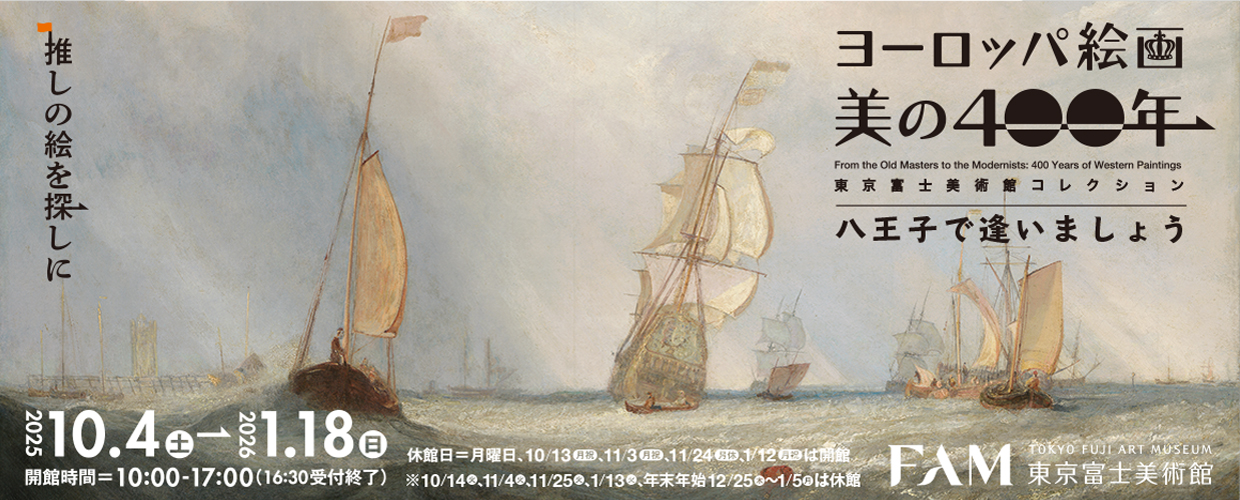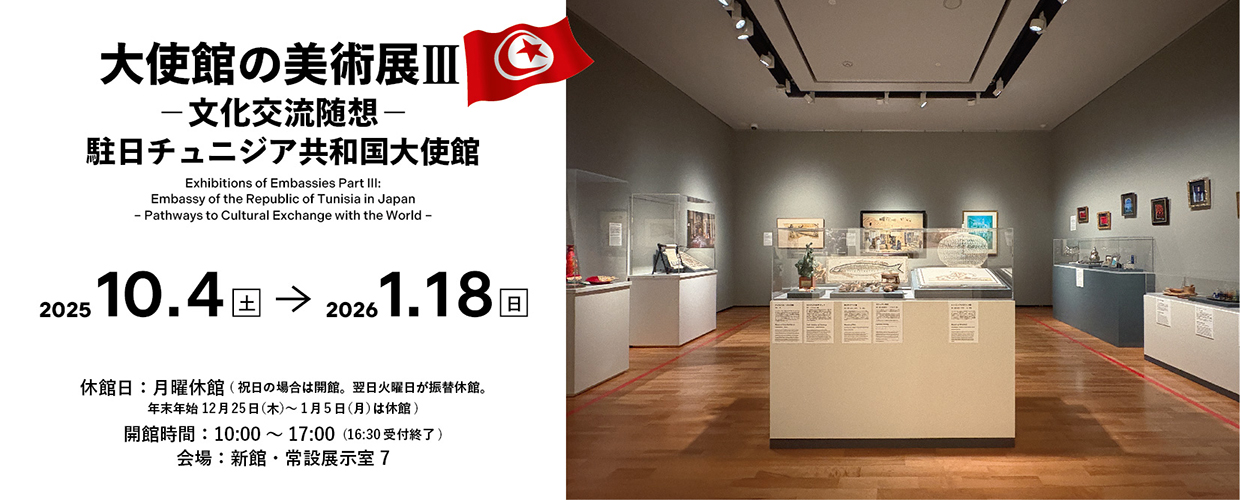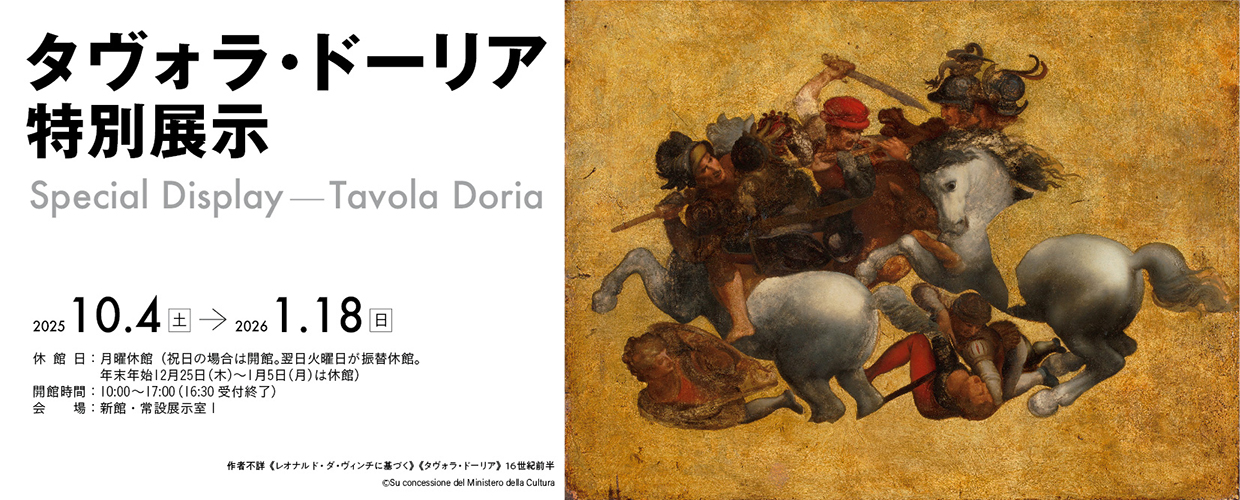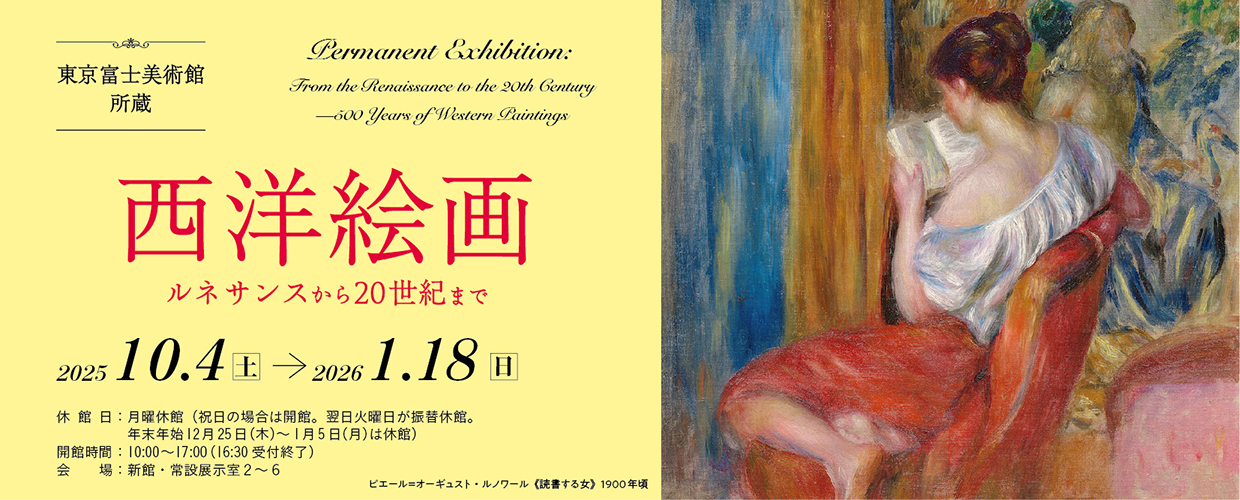After 1778/Ink on paper, hanging scroll
101.7 x 29.2 cm
SUMMARY
Turtles with algae resembling thick hair on their shells are called mino-game (“caped turtles”) and have long been a popular painting motif symbolizing happiness. When a hermit appears on these turtles, it calls to mind Koan, who appears in the 2nd volume of The Liexian Zhuan (“Biographies of Immortals”) – a compilation of the lives of Chinese hermits. In that book, Koan is described as “showing his red copper-colored body, never wearing clothes all year round” and in Ehon-Kojidan (“The Old Tale Picture Book”) he is pictured on a turtle, half-naked with long and neglected hair and beard. However, the old man in this piece is clothed, and has a characteristically long and bald head that clearly suggests he is a god of longevity – one of the Seven Gods of Fortune. As a matter of fact, there are other paintings and ornaments that include the god of longevity on a turtle, so designs that likened hermits to the Seven Gods of Fortune, symbols of good luck, may have been in circulation at the time Shohaku lived, like we can see in this piece. Whoever it may really depict, the face of the old hermit with its slightly cunning expression, and that of the turtle with its sense of presence both retain a characteristic charm of Shohaku’s own, which is very interesting. Another point worth noticing is the seal, which is a shubun tsubo-in. These are pot-shaped seals in a round frame which are carved around the characters, leaving a distinctive red stamp with a white background on the paper. This seal would have originally been square shaped, but they are known to fade into a pot-like shape over a long period as they age. Although rare in the work of Shohaku, there is another piece that features a shubun tsubo-in, called Ranteikyokusui-zu (“A Depiction of an Ancient Chinese Poem-making Event”) (private collection), which is dated by the stamp “Ansei 7th, Tsuchinoe-Inu, Spring”. The aging is slightly less than that of this piece, and as a result, it can be assumed that this was painted before Ansei 7, that is, before 1778.
ARTIST
Soga Shohaku
1730-1781
Soga Shohaku was born Miura Shohaku in Kyoto. He studied under Takada Keiho, but is said to have also been influenced by the Unkoku school. He was such a deep devotee of Jasoku Soga that he went so far as to adopt the name Soga. In his twenties and thirties he visited Ise and Banshu (in the region of Hyogo Prefecture) a few times, and in Ise he produced many paintings on paper doors and partitions, such as those of Chodenji temple and the former Nagashima house. The characteristics of his work include eccentric deformation, strong color and a very individualistic, bold style of painting – as evident in Gunsenzu-byobu (“Folding Screen - Gathering of Hermits”). In his later life he secured a position for himself as a painter based in Kyoto. He died at the age of 52.
List of artworks by the same artist
INFORMATION

Friday, October 8 - Sunday, November 14, 2021
From the Tokyo Fuji Art Museum Collection: “THIS IS JAPAN” Eternal Japanese Art Oita Art Museum (Oita, Japan)
Saturday, March 24 - Sunday, May 27, 2018
OEDO EXHIBITION NAGASAKI Nagasaki Prefectual Art Museum (Nagasaki, Japan)
EXPLORE

You can search and browse content on a platform across museums and archival institutions nationwide, and create My Gallery (online exhibition).

You can view the work in High-resolution.





